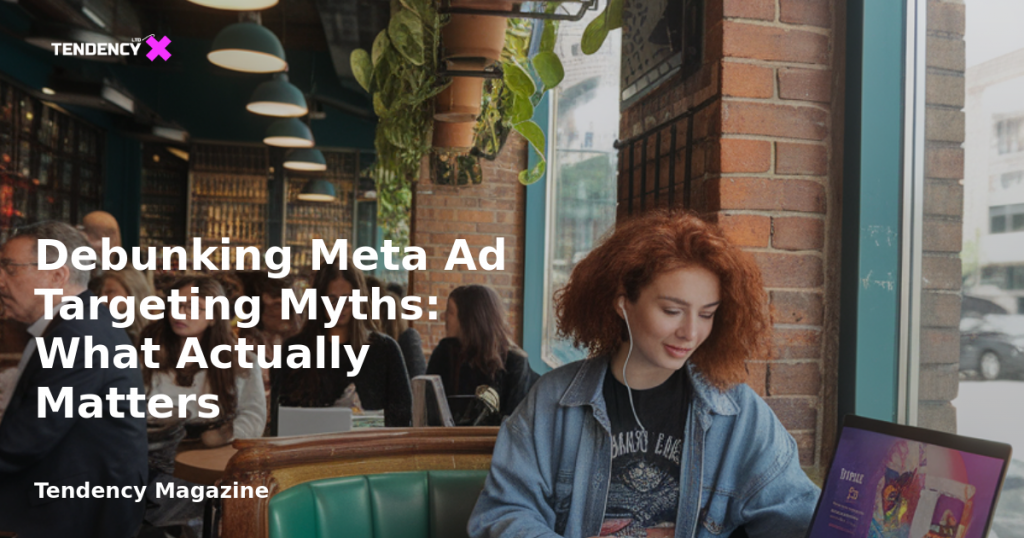Debunking Meta Ad Targeting Myths: What Actually Matters

Introduction
In the ever-evolving world of digital advertising, the landscape is often cluttered with myths and misconceptions. One prevalent myth is that Meta (formerly Facebook) requires detailed interests and behaviors to effectively define your target audience. This belief has led many marketers to meticulously curate their audience profiles, convinced that such precision is necessary for successful ad campaigns. However, the reality is quite different. In this article, we will debunk this myth and explore what truly matters in Meta ad targeting.
Table of Contents
- Understanding Audience Expansion
- The Role of Meta’s Algorithm
- Does Meta Need Detailed Inputs?
- Effective Strategies for Targeting
- Crafting Compelling Ad Content
- Conclusion
Understanding Audience Expansion
One of the key aspects to consider in Meta ad targeting is audience expansion. When you set a performance goal—such as maximizing conversions, link clicks, or landing page views—Meta’s algorithm automatically expands your audience. This means that the detailed targeting inputs you provide serve more as suggestions rather than strict guidelines. The algorithm uses these inputs to understand your preferences but ultimately seeks out the audience it deems most likely to engage with your ad.
The Role of Meta’s Algorithm
Meta’s sophisticated algorithm is designed to optimize ad delivery by analyzing vast amounts of data and real-time signals. While you may believe that specifying interests and behaviors is crucial, the algorithm is already equipped to identify and reach the right audience. It continuously learns from user interactions and adjusts targeting to enhance performance. Therefore, the detailed inputs you provide might have a minimal impact on the final audience reached.
Does Meta Need Detailed Inputs?
Given the capabilities of Meta’s algorithm, it’s worth questioning whether detailed targeting inputs are even necessary. Meta’s automation processes are highly advanced, often surpassing manual targeting efforts. The platform has access to extensive data and insights, allowing it to construct an audience profile that aligns with your ad objectives without relying heavily on the inputs you provide.
Effective Strategies for Targeting
While it’s true that detailed inputs may not significantly influence Meta’s targeting, there are other strategies to ensure your ads reach the desired audience. Focus on elements such as ad copy, creative content, and the overall offer. By crafting messages that resonate with the lifestyle, needs, and pain points of your target audience, you can indirectly guide the algorithm toward the right viewers.
Crafting Compelling Ad Content
The content of your ad plays a crucial role in reaching the right audience. If your product or service caters to a specific market, such as B2B or certain professions, make this clear in your ad. Additionally, it’s important to specify who your product is not intended for. Repelling the wrong audience is just as vital as attracting the right one. This clarity helps the algorithm refine its targeting and ensures that your ad resonates with the appropriate viewers.
Conclusion
In summary, the myth that Meta requires detailed interests and behaviors to define your target audience is just that—a myth. The platform’s algorithm is adept at identifying and reaching the right audience without relying heavily on these inputs. Instead of fixating on detailed targeting, focus on creating compelling ad content that speaks to your ideal customers. By doing so, you can leverage Meta’s powerful automation to maximize your ad campaign’s effectiveness and reach.
2025 Tendency LTD. All rights reserved.

